InstaGRAM Report: Rob Ida discusses the Holman and Moody Falcon Challenger III discovery and restoration
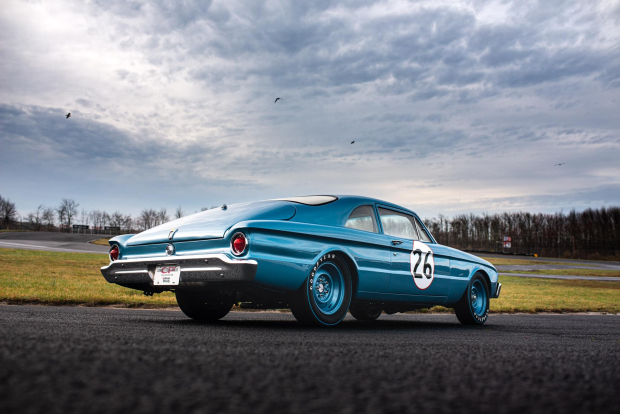
Back in December 2023 when I visited Ida Automotive in Morganville, NJ, I had the opportunity to sit down with owner Rob Ida and talk about the cars he has restored and worked on for the Howard Kroplick Collection. This article is devoted to the history and restoration process of the legendary 1962 Holman and Moody Falcon Challenger III.
If you missed the previous interviews with Rob, where we disused about Rob's restoration of Tucker 1044 and the work he put into the Alco Black Beast click the links to catch up!
By Gram Spina
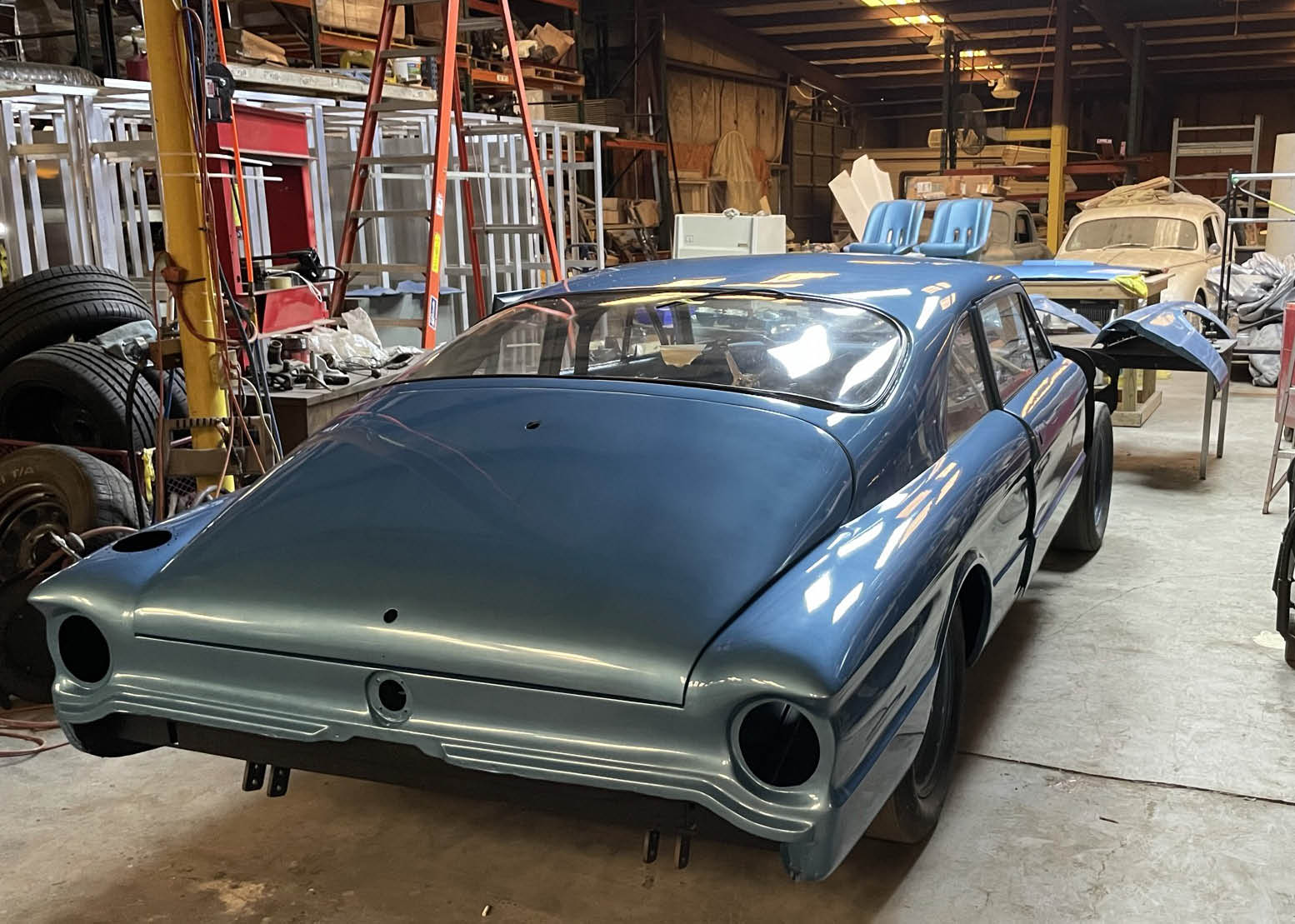
GS: What is the “adventure” story behind the discovery of the Holman and Moody Challenger III?
Rob: Howard and I have a mutual friend who knew about the Challenger III. He mentioned it to Howard, thinking it might be an interesting addition to his eclectic collection of cars, and Howard did a bit of early research on it. Then he asked if I would go take a look at the car in person. I contacted a friend, Tom Cotter of the YouTube show “Barnfind Hunter,” which is hosted by Hagerty Insurance. Tom was familiar with the car because he wrote a book on Holman and Moody. The book covered a wide range of race cars, but Tom found the Challenger series especially interesting.
Armed with all that information, I flew down to Alabama where the car was being stored and met the car’s owner Ted Thomas. Ted is a seasoned racer, historian, and car collector. Ted owned Challenger II (still does) and Challenger III. Ted spent years collecting parts and history on the car.
Photo caption: The Challenger III when Howard purchased the car.
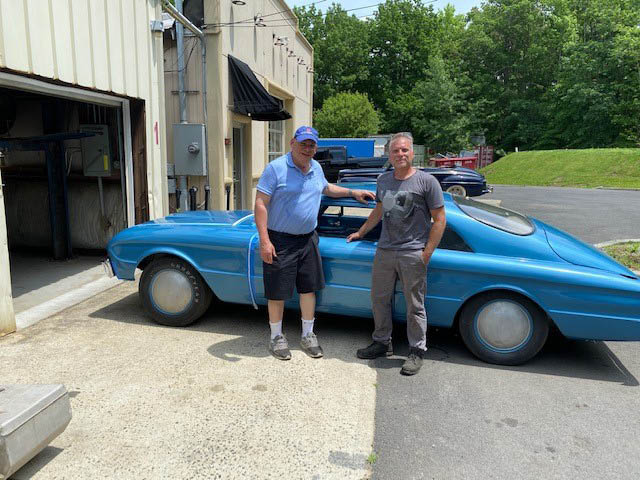
GS: When the Holman and Moody Falcon Challenger III arrived at your shop, how did you and the team figure out how to put all of the missing pieces (if any) back together?
Rob: Ted Thomas stayed in contact with me during the restoration on Challenger III. Any time a question came up, Ted had the answer. There were a few missing bits that we were able to gather or create, but the car was mostly complete thanks to Ted.
Photo caption: Howard and Rob standing next to the Challenger III during the restoration.

GS: What makes the body styling on the Holman Moody Falcon different from a standard 1962 Ford Falcon?
Rob: Challenger I and Challenger II had more standard bodies, but Challenger III was the radical of the series because it was “chopped and sectioned.” These are old customizer terms. Chopped means the roof has been lowered and sectioned means the car was completely cut along the middle of the body and material removed. The chop was three inches, and the section was three inches, which taken together make the Challenger III six inches lower than a standard Falcon. The fastback roof, deck lid doors and hood were all handmade out of aluminum back in 1962 by Luji Levoski. As a metal fabricator, I really enjoyed seeing his work up close. The work was well-thought out and executed. There are pictures of the wooden buck he made for the metal to be fitted to.
Photo caption: A side by side view of the Challenger III race car and a bone stock 1962 Ford Falcon.
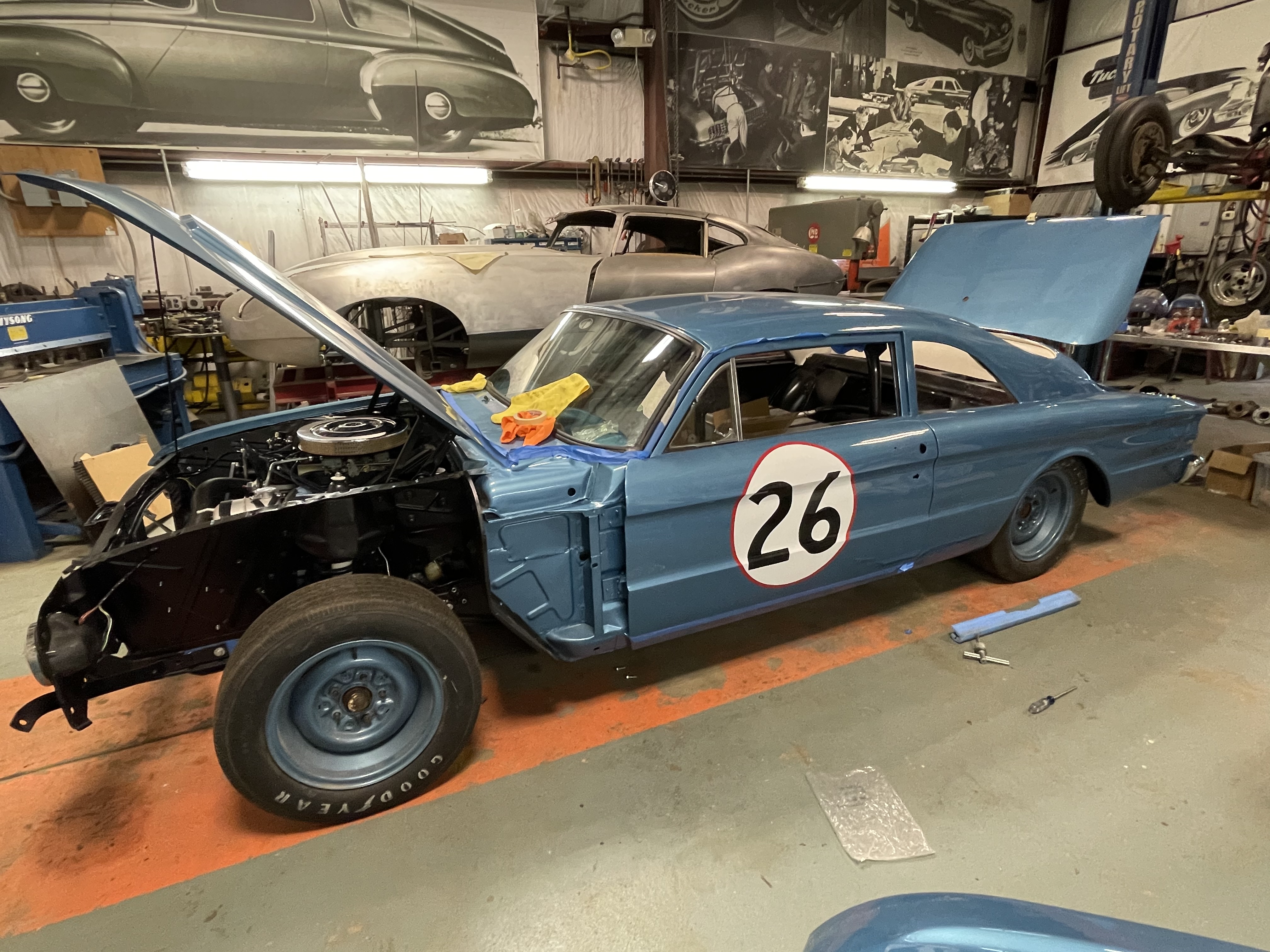
GS: What is involved with bringing a car like this back to its original, or restored, state? How do you determine what to restore and what to replace?
Rob: Unlike most race cars, Challenger III was a highly finished car. It had a full interior and all the trim. The car wasn’t raced very much so it didn’t have a hard life or a body full of battle scars. It was well-preserved and even making rounds on the Ford Custom Car Caravan show circuit. For us, we wanted to make the car as nice (but not nicer) as it would have been originally.
Photo caption: The Challenger III nearing the final steps in its restoration.

Photograph of the interior of the Challenger III.
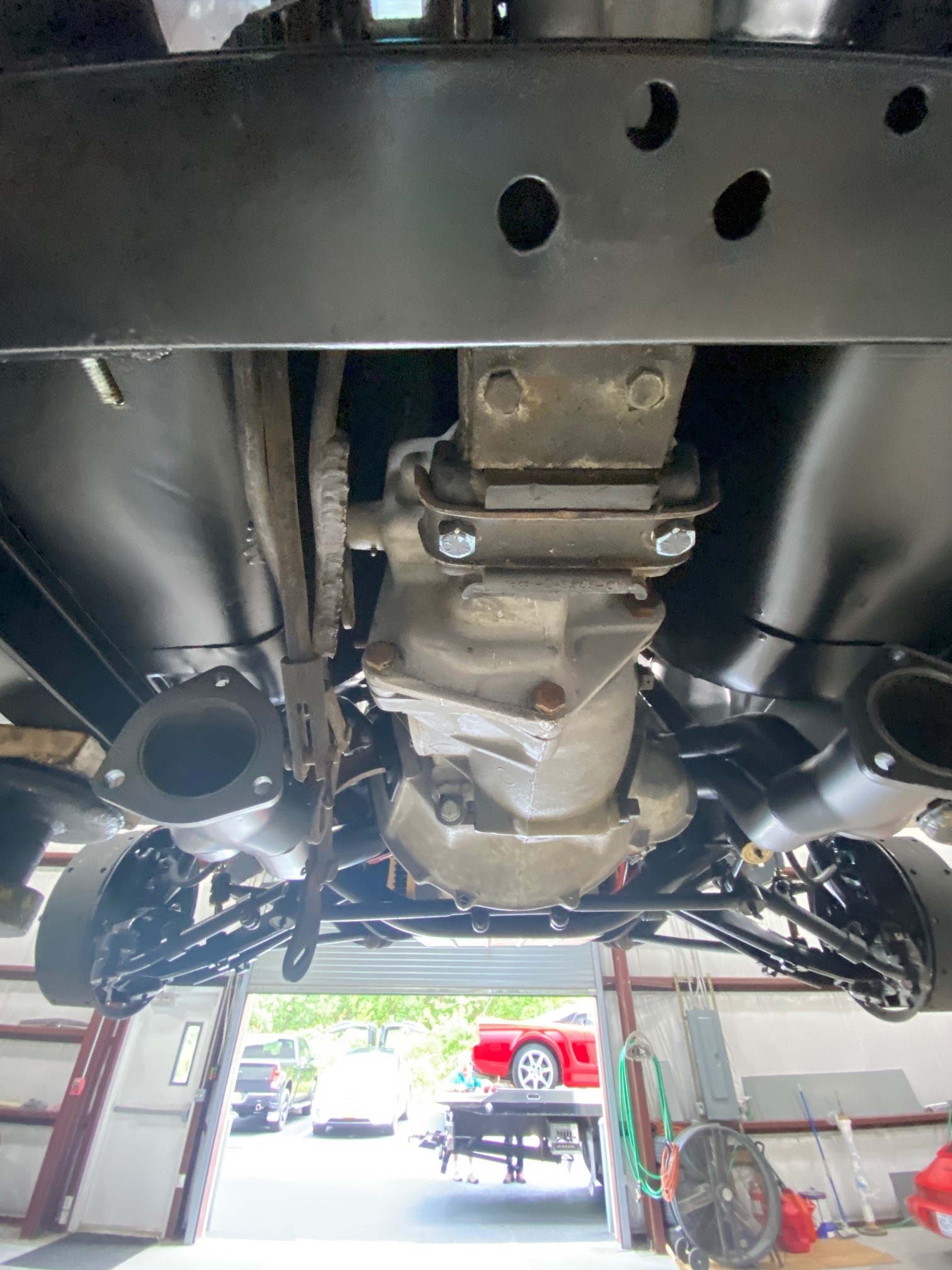
GS: Often a race car can be fitted with parts from other cars. Can you share some insider information on how you and your team identified what were original “parts bin” parts and where they came from?
Rob: The one interesting part we found was a Chevy four-speed transmission — it even had the Chevy bowtie casted onto it — mated up to the Ford engine. This was how HM ran the car and it’s still that way today. Other GM parts are the tail lamp lenses. They look like Ford Falcon lamps but are smaller in diameter, scaled to fit the cut-down body.
Photo caption: the GM aluminum 4-speed transmission installed in the Challenger III
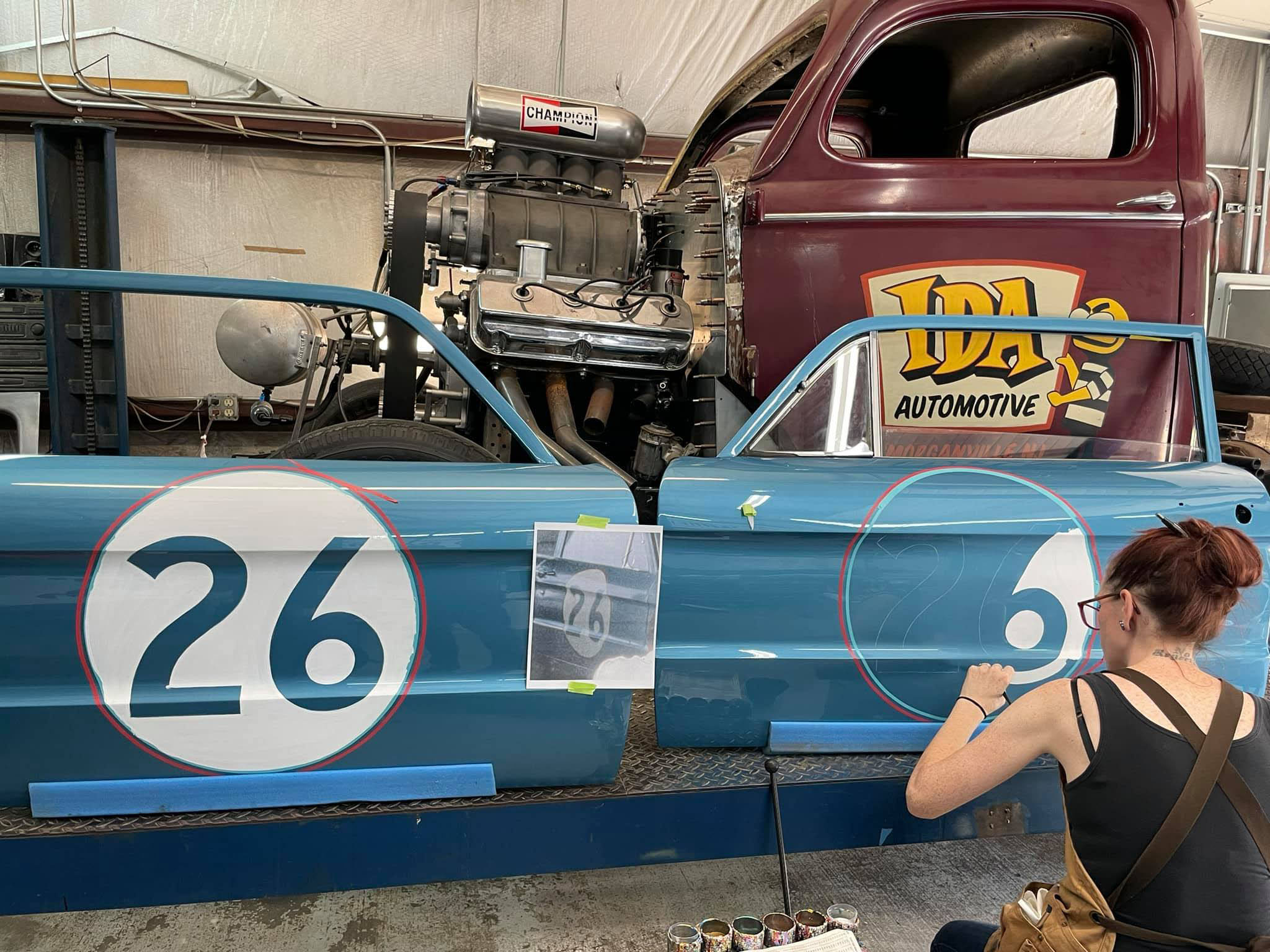
GS: There’s an art to hand-lettering and pin-striping; who was the artist on the Challenger III?
Rob: Thankfully, we have some very talented friends in this business. For this project, we enlisted “Hot Rod Jen” Thomas. She came in from Hershey, PA to spend a few days with us in the shop.
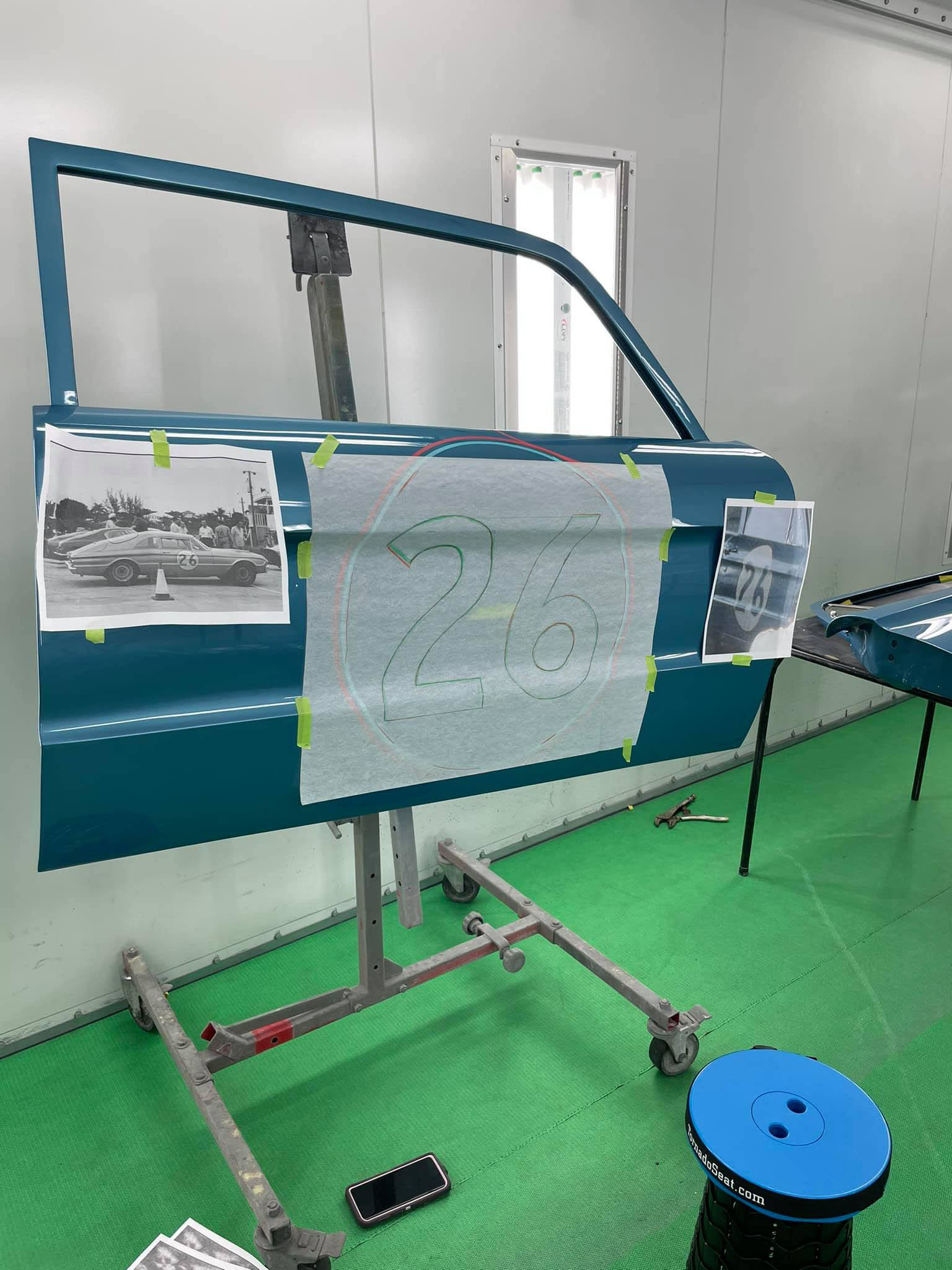
GS: What insight can you share about her approach — did she duplicate the original design of the racing identification number?
Rob: She scaled the door art exactly to the reference material provided. The beauty of hand-painted race car numbers has a lot to do with the visible brush strokes. That’s something you just can’t get from vinyl and vinyl would not have been period correct.

GS: What is it like to drive the Holman and Moody Falcon? Does it even compare to a normal Ford Falcon or any production from the 1960s?
Rob: I have fond memories driving some of Howard’s cars in some pretty incredible places. His Tucker #1044 on the Pacific Coast Highway at Big Sur, the Alco Black Beast on the beach at TROG, and his Holman and Moody Challenger III on the road course at the famous Englishtown Raceway Park. The thrill of Challenger III is all about the sound. The look, the sound, the smell of race fuel! Too cool.
Photo caption: Rob Ida driving the Challenger III at Englishtown Raceway Park.
Thank you again Rob for sharing your automotive knowledge and stories on the Challenger III.